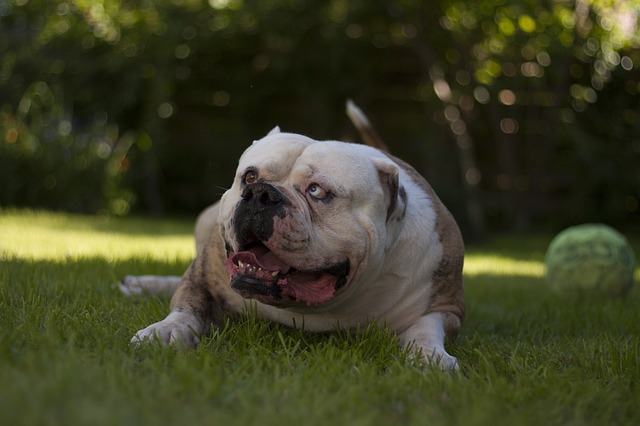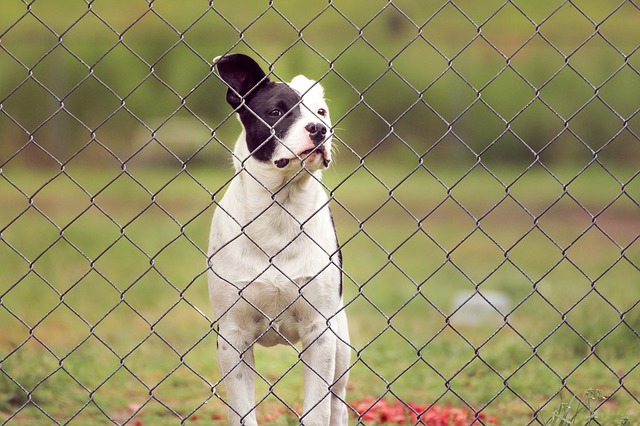Most people assume a growling dog is bad news, but that isn’t always the case. Dogs vocalize their thoughts and feelings in several different ways. They bark and whine, and the low rumbling we call growling can mean multiple things. There’s the basic aggressive growl most people know to watch out for, but a growling dog isn’t always an angry dog. Knowing the different situations where a dog might let out a growl will help you better communicate with your pup. Here are a few reasons for growling you might not have known about.

#1 – Play Growling
Dogs often growl in the middle of playtime to say, “This is fun! Let’s keep going!” It usually happens when they’re enthralled in a game of tug-of-war with their favorite human, and they also growl while playing with other dogs. For an outsider listening in, two dogs growling with each other can seem alarming. As long as the situation doesn’t escalate, however, there’s no reason to intervene. It’s hard to decipher the difference with human ears, but play growling is typically higher-pitched and shorter in length than aggressive growling. Dogs can tell the sounds apart and know when their playmate is having fun and when they’re not.

#2 – Pleasure-Seeking Growl
Similar to the play growl, a pleasure growl is completely harmless. Some dogs start growling every time their owners walk through the door because they know they’re about to get attention. They’re anticipating head scratches and belly rubs, and the growl is by no means threatening. The noise is usually low and loose, and it can even sound like the dog is trying to speak their owner’s language. They might bare their teeth and sound angry, but they’re actually happy and excited.
#3 – Frustration Growl
Like humans, dogs aren’t great at handling frustration—and some are worse than others. A frustration growl is almost a pleasure-seeking growl. It’s often misinterpreted as aggression, but that’s rarely the message the dog wants to convey. An example is when a dog is behind a fence and sees another dog or person on the other side. They desperately want to get closer to say hello to their new friend, but the fence is holding them back. Growling shows their irritation at the fence, and it doesn’t mean they’re being aggressive or threatening.
#4 – Warning Growl
Dogs that are uncomfortable with a situation will resort to a warning growl. It’s usually when the dog is afraid, possessive, or territorial. They emit the deep grumbling to tell whoever’s trying to approach them that it’s time to back off. They’re firmly requesting that the person or dog respect their personal space. A warning growl isn’t always easy to decipher. They’re typically extremely low pitched, and the dog doesn’t have to open their mouth to make the sound. It’s usually accompanied with a set jaw, dilated pupils, and stiff body language.
#5 – Aggressive Growling
Once a situation escalates out of control, aggressive growling is a clear sign the dog is past the point of warning. At this stage, the dog wants to establish their power. There are several possible triggers for an aggressive growl. It could be that the dog has a high prey drive and sees something they want to hunt, or they could relish the idea of putting a competing canine “in their place.” An aggressive growl is identified by being clearly audible with stretched-out rumblings. It also comes with lunging, raised hackles, and snapping.
Most of these types of growls are nothing for a dog owner to worry about. They sound scary, but if a loving family pet lets out a growl, consider the situation and surroundings before jumping to conclusions. If a dog growls to show aggression, it’s important to separate them from whatever they’re growling at. Use extreme caution and know dogs think and act quickly. Talk to a trainer to better understand why your dog is showing signs of aggression and how you can help them overcome the behavior.


